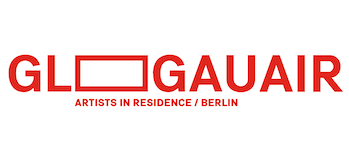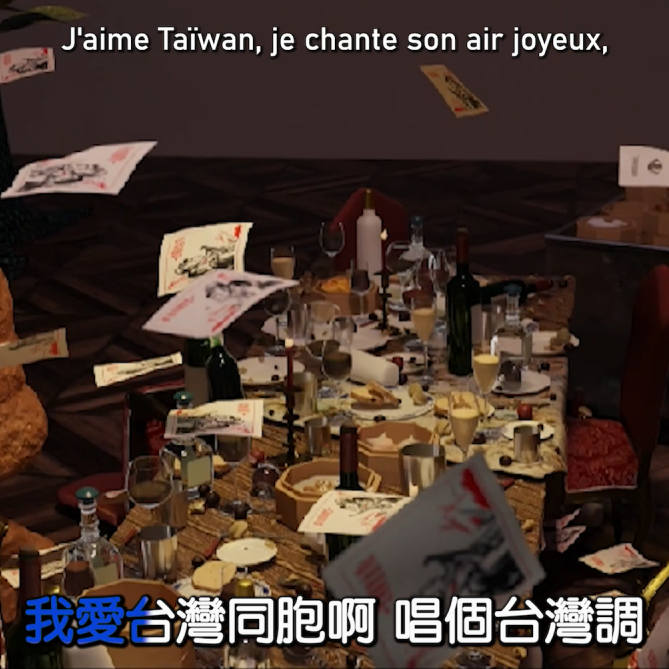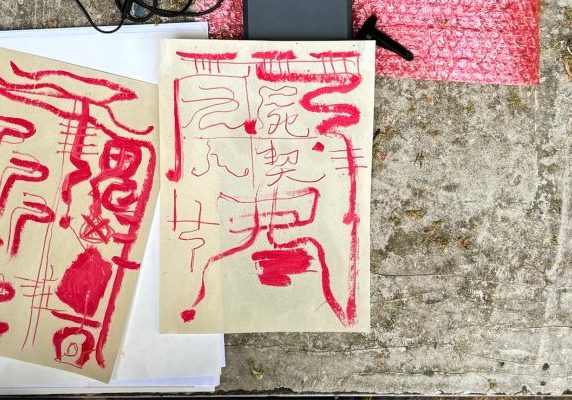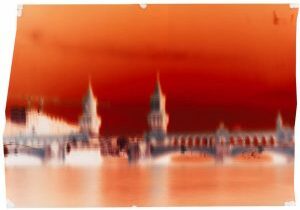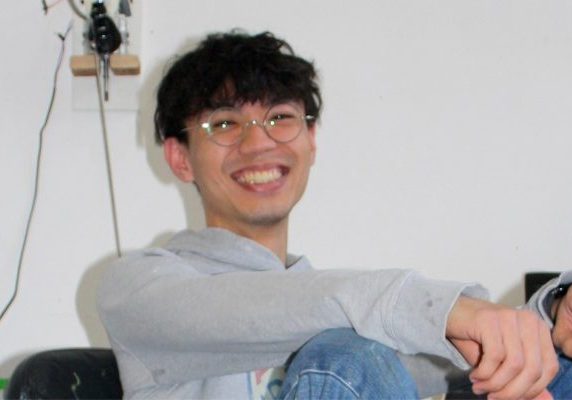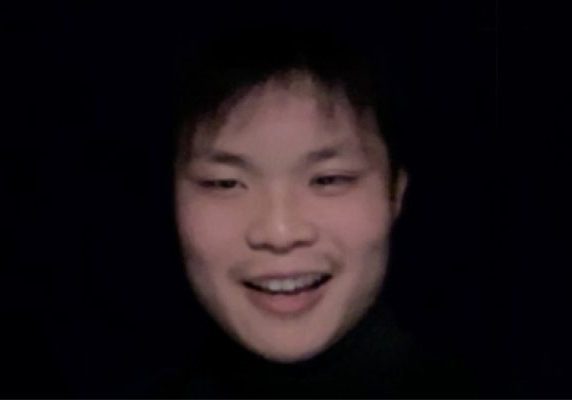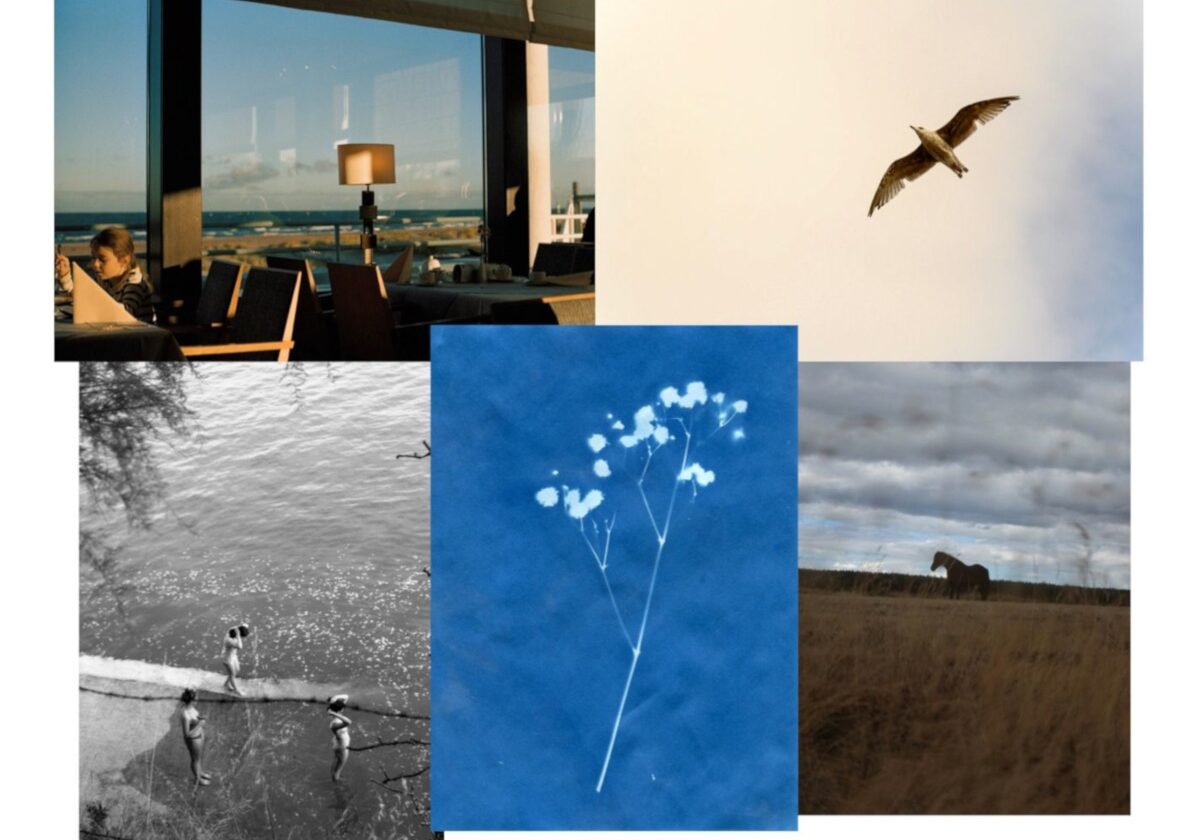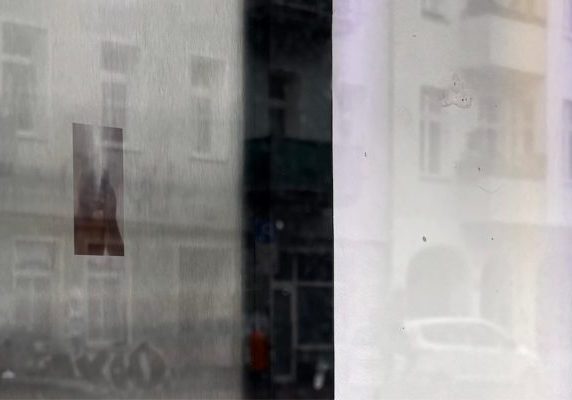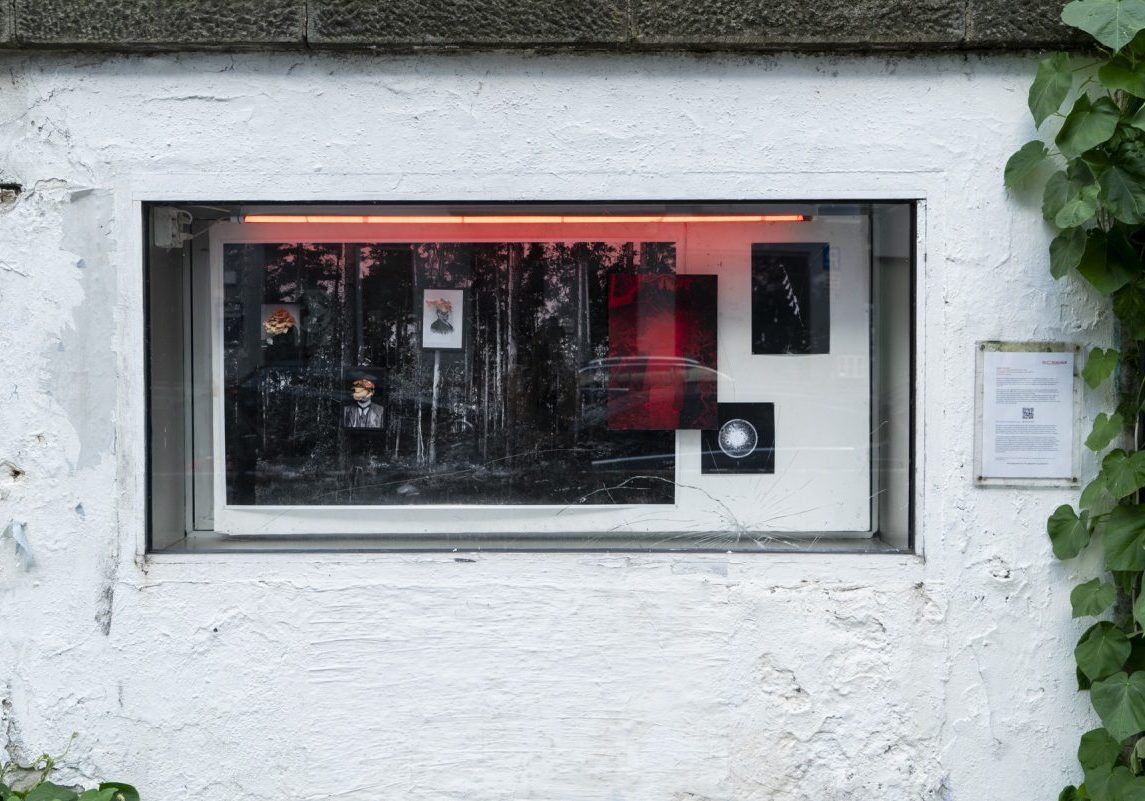Meet the Artist // Hsin Yen WANG
Hsin Yen WANG is a visual artist specialising in 3D technology and video. Her work explores themes of politics, social and cultural structures, and the cycle of consumption embedded in images. A central theme in Wang’s work is the interplay between consumerism and Asian ethnic history, particularly in relation to political shifts and cultural representation. By blending virtual environments with real-world elements, she creates immersive narratives that blur the boundaries between fiction and reality, tradition and modernity.
Can you tell me about your background and the project you’re proposing for this three-month residency at GlogauAIR?
Okay, so I’m Taiwanese. After four years of studying fine arts in Taiwan, I went to France. Now I’m currently pursuing my master’s degree there, in Bordeaux, France. This year is my third year in Europe.
My work mainly involves 3D animation, video installation, and sometimes painting. More recently I’m working with food installation. During the three-month residency in GlogauAIR, I’m developing my first VR project. I created a world, a virtual world, where I invite the players to take the role of a starving ghost to search for the missing ingredients and the fragmented recipes in the world I recreate.
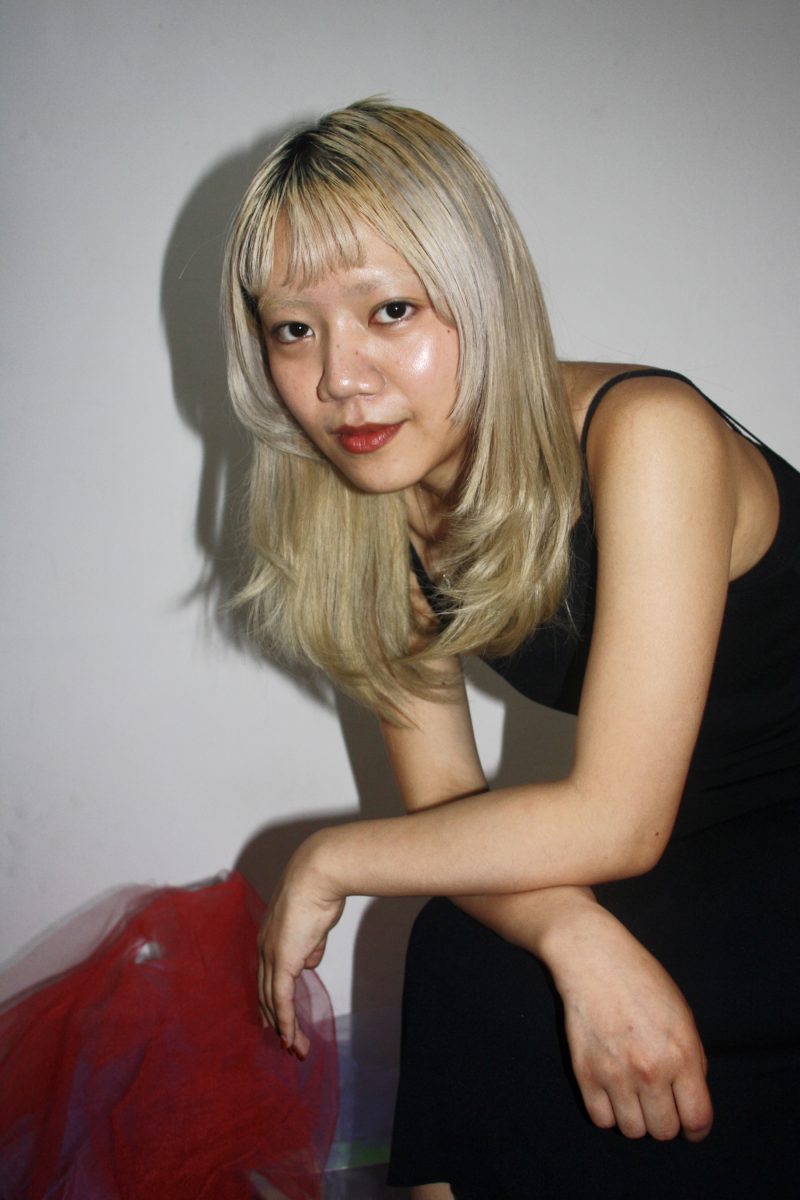
During your residency at GlogauAIR, you’re developing a virtual afterlife world inspired by the Taiwanese ritual of “Pudu.” What has the process been like in translating an ancestral ceremony into a digital, participatory environment?
The most traditional way we do it in Taiwan, during the ghost festival “Pudu”, is that people prepare offering foods and also create paper money –spirit money–, and they place it on a table to feast with the wandering ghosts, which is an act of compassion toward the forgotten dead.
The initial part I’m interested in is how the material objects become spiritual nourishment and how the spirits consume the offerings, and what they say about our belief in the material world. Here, the player will take the role of the hungry ghost.
I did a lot of interviews with people around me and collected the fragmented recipes based on their food memory and their life memory. So, the player –the participant– will be searching for the missing ingredients with the recipes that I collected from the interviewed people. By doing so, it’s more like a process of finding and collecting the remembrance in a virtual space, and also reconstructing their personal past life and the life stories.
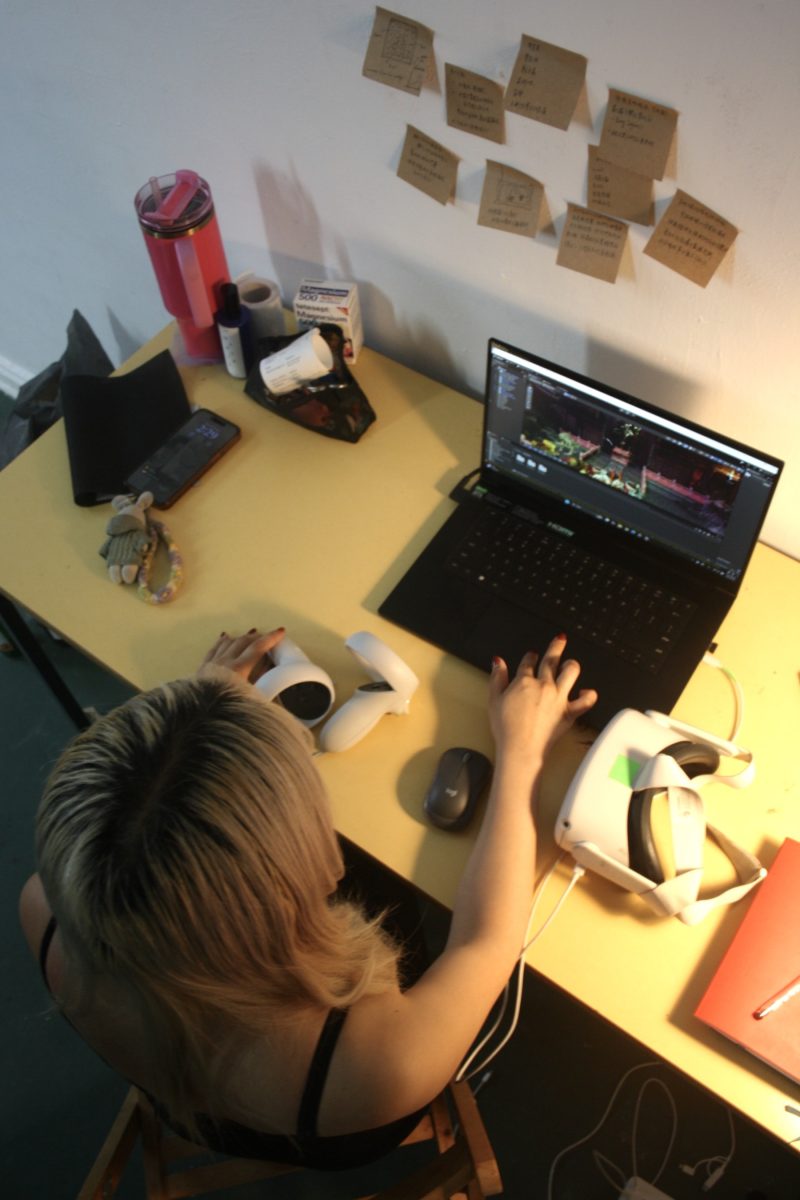 What kind of visual and sound materials are you incorporating into this project? Could you share a little bit about your creative process when designing the animation and game elements?
What kind of visual and sound materials are you incorporating into this project? Could you share a little bit about your creative process when designing the animation and game elements?
The visual elements are all created in 3D. I start by using Blender and Nomads, which are the special programs for 3D modelling. I model them and attach them, after that I bring everything into Unity, where I use code to control their behaviours and actions.
The most difficult part is the technical part, because I’m not an engineer. This is my first time making a VR project, and also programming, I’ve never used programming before. I also set up the hardware, which takes a lot, lot, lot, lot of time. Maybe I might consider taking courses in the future, because it’s definitely a chore for me. I learn by YouTube and also Chat GPT helps me a lot.
As for style, I haven’t implemented it yet, but I already have a concept. I’m planning to collect all the recipes based on the people around me, and invite them to voice their own recipes. I’ll put their voices into my VR project as the immersive, surrounding sounds to reflect the process of the forgotten dead, the hungry ghosts.
Could you tell us more about the role of food in this project? Is it a symbol, a spiritual material, a means of connection, or something else?
I’ve been working with food for around two years. Initially I was interested in how food can shape my context and political history, and because I’m Taiwanese, I come from Taiwan, we have lots of problems in the political way, and so I deeply understand how food can be used as a tangible tool to construct and even influence political realities.
For example, the evolution of Taiwanese official banquet cuisine reveals a lot about how food can create or even manipulate the national identity of people. In my project, the food is used as the elements to re-choose and re-construct, even to reimagine their identities and their memories.
I would say that in my project, food is not simply a nominal object, but it’s more like something participatory, tactile and incapable of healing.
Are you still making bread? Can you tell me a little bit of this? Also, how is it connected with the game that you are making?
I think they are separate projects, because this year I changed my mind a little bit. I’ve been working with programming for maybe two, three years, and it is so serious and logical. And this year I wanted to switch and work with more organic, more random and more soft things. That’s why I started to use bread.
Initially I used sugar, and here I met the artist Clara. She also worked with sugar. Also, there’s an American artist who also worked with bread. She used bread to make a sculpture, but it’s more like an abstract form. I was just wondering, maybe I can use this material –German bread, because I live in Berlin right now– to construct a symbol, a religious symbol. So, this was my original idea.

